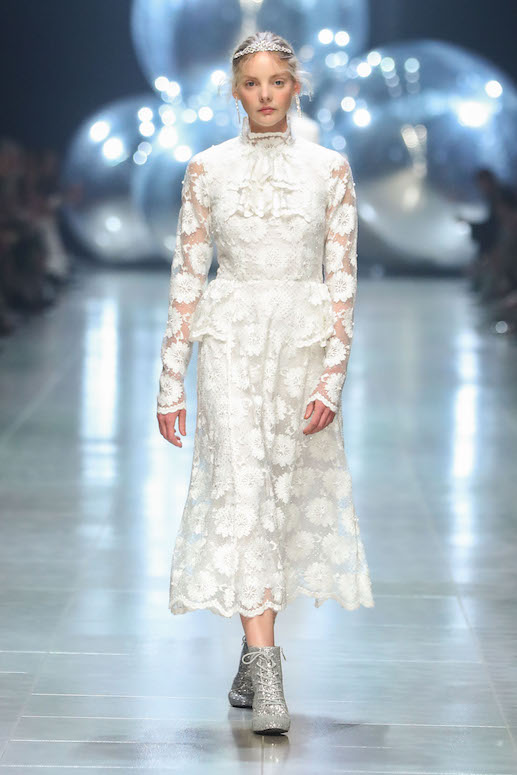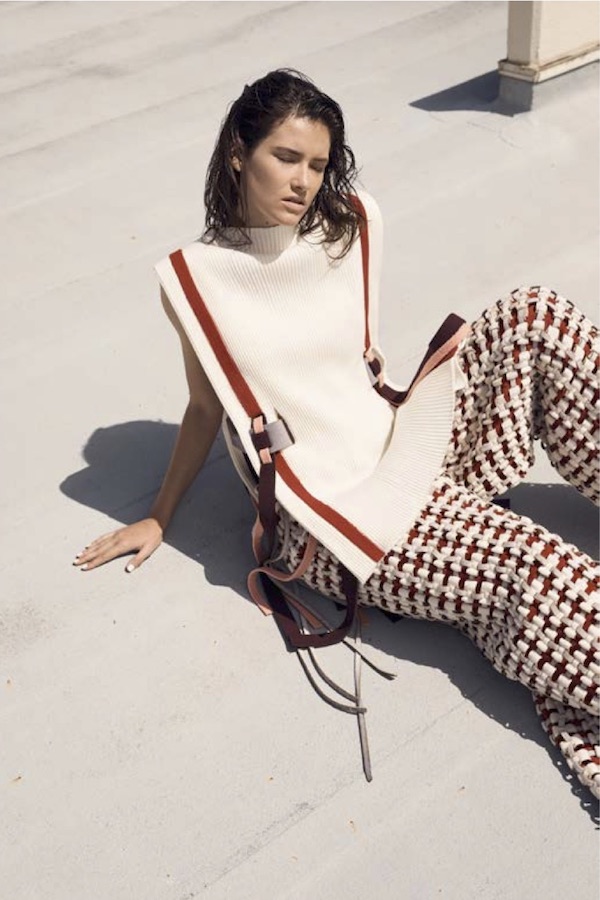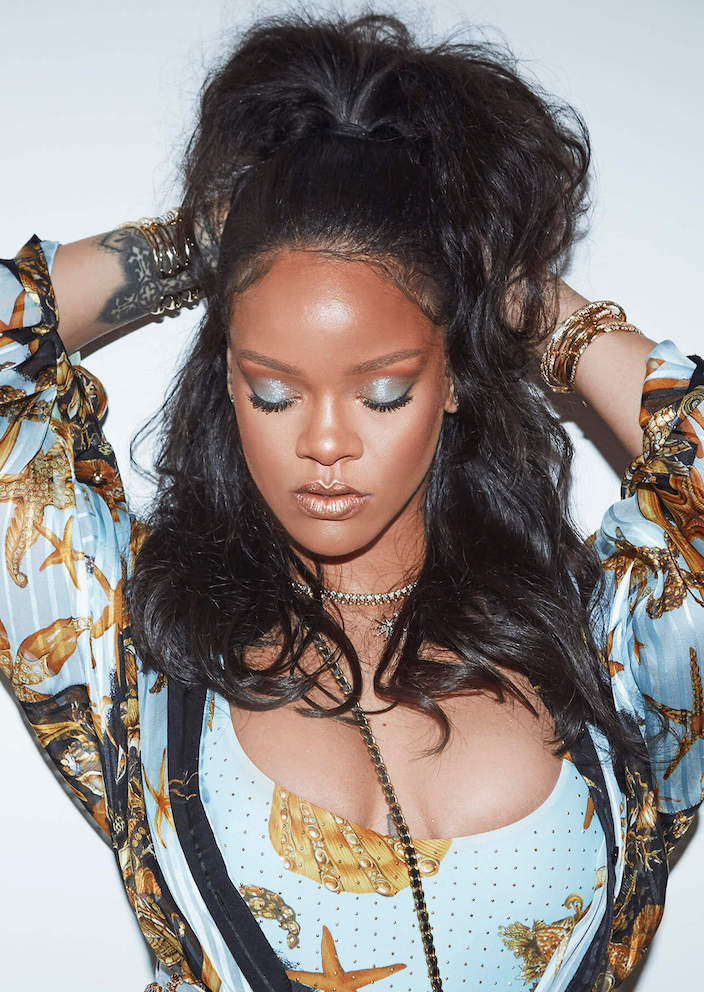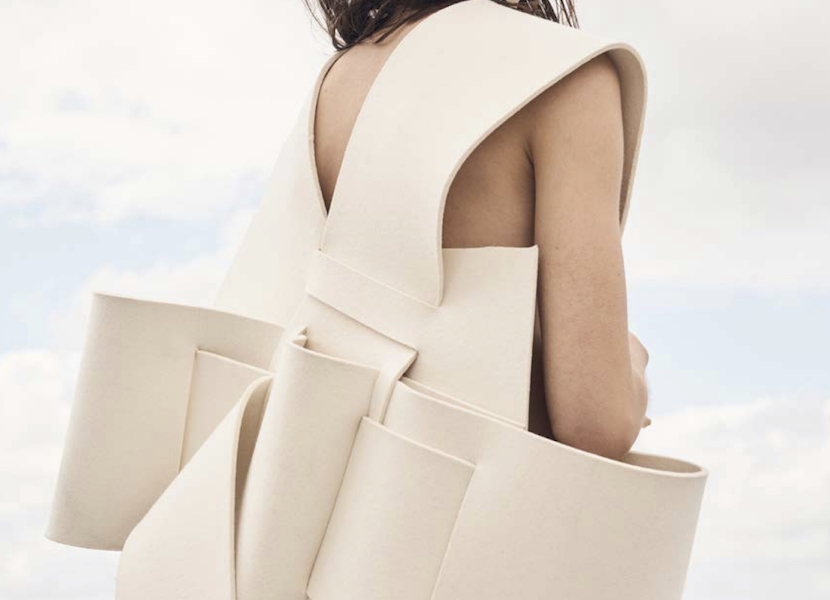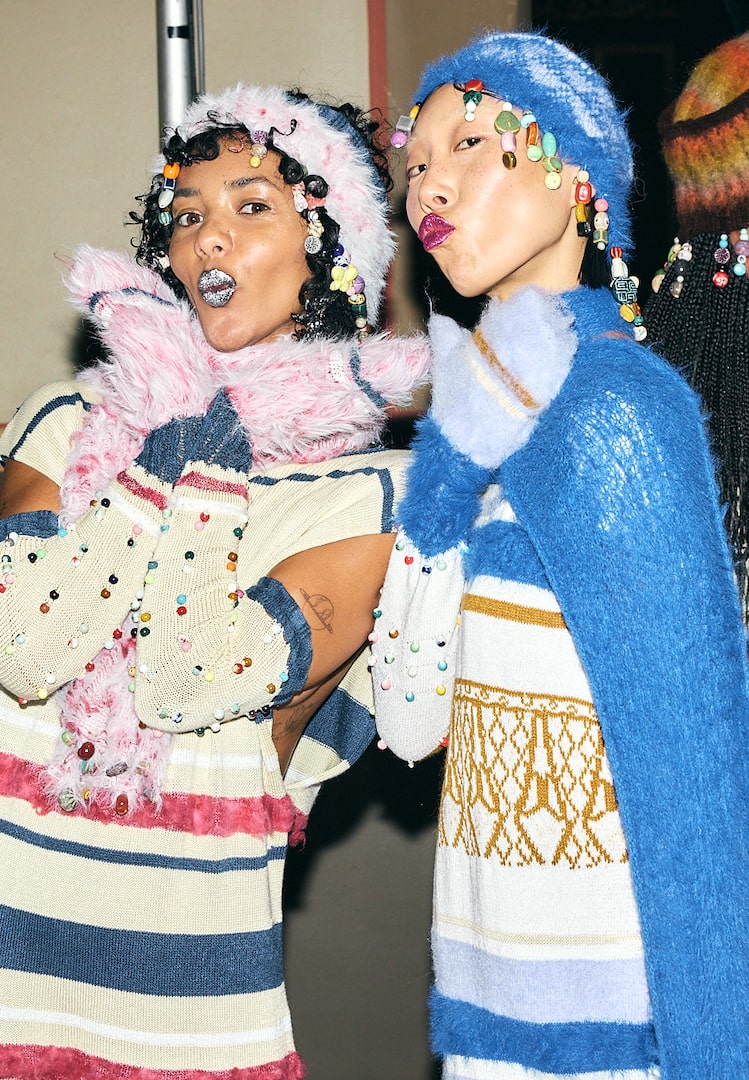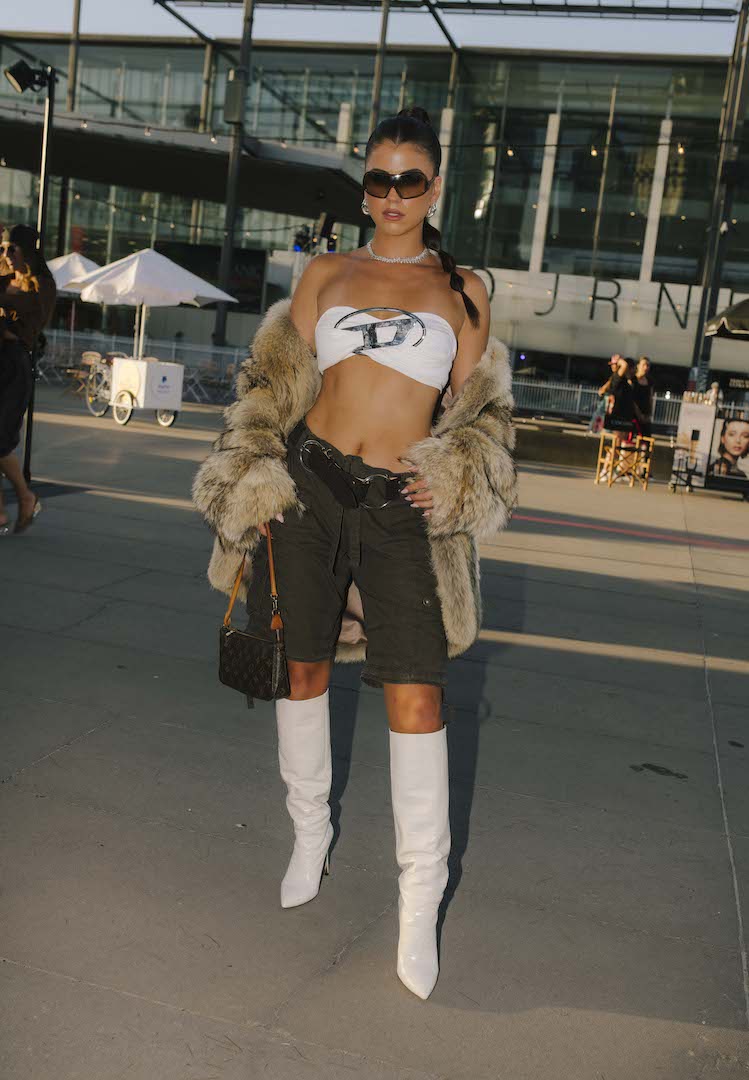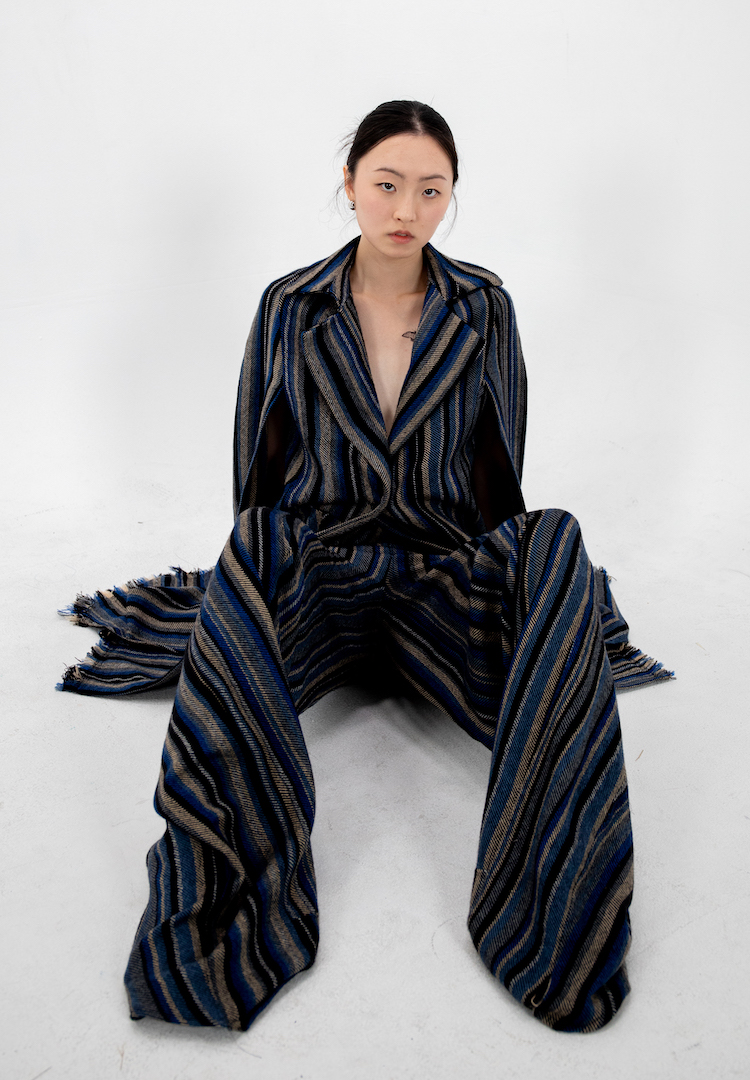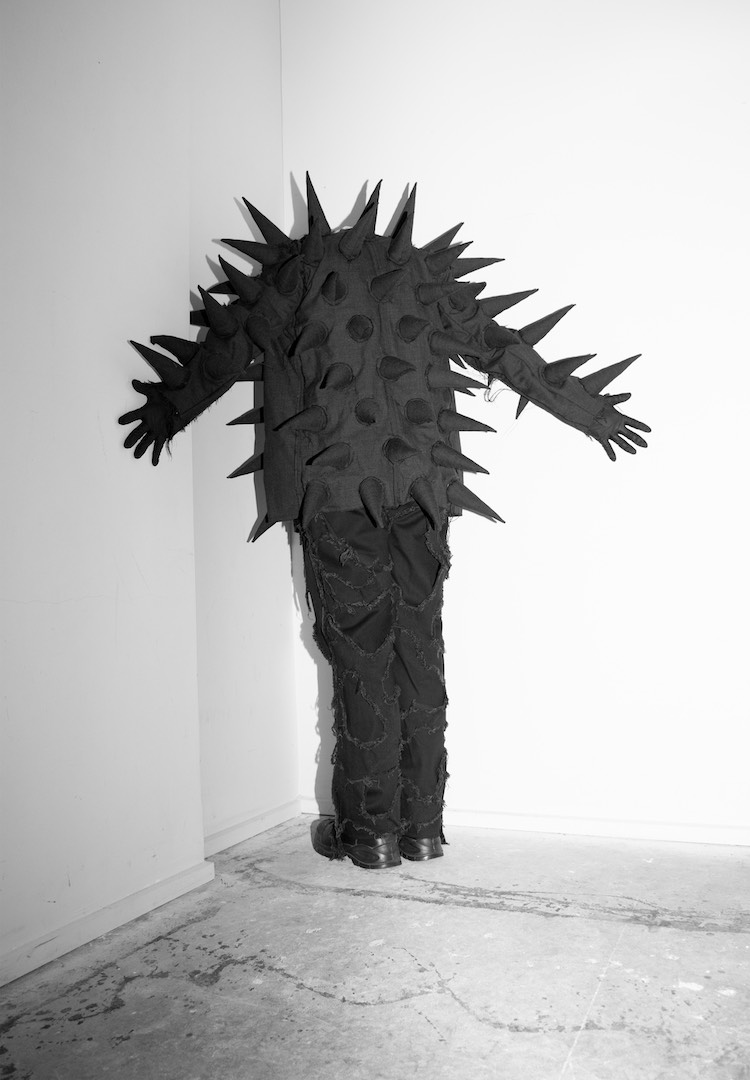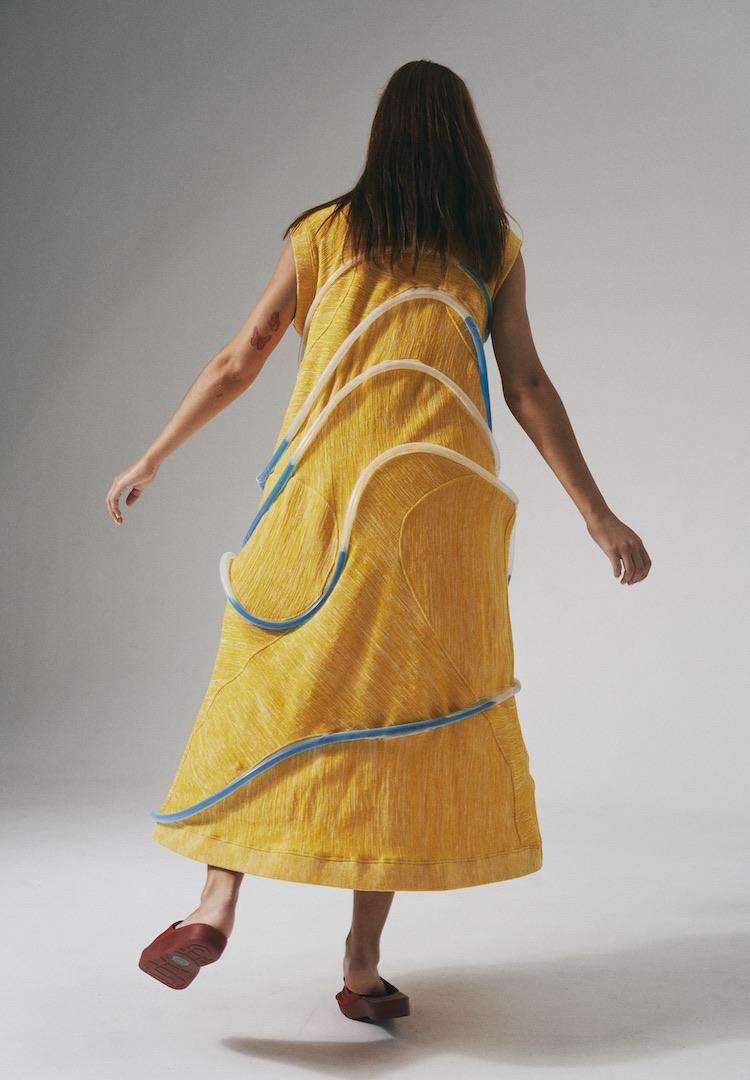Next gen designers: Yael Frischling
Images via Yael Frischling
Cream of the crop.
The Virgin Australia Melbourne Fashion Festival is upon us, and once again the country’s best graduate designers are ready to put on a great show.
The National Graduate Showcase brings together the shining stars from Australia’s top tertiary institutions. Supported by Target and presented by Fashion Journal, you can catch the runway March 9 at the Royal Exhibition Building. Tickets are available here.
Ahead of the show, we thought you might like a closer look at 2018’s up-and-comers.
Meet Yael Frischling from University of Technology Sydney.
Can you briefly describe your graduate collection?
Kumiki is a ready-to-wear womenswear collection based around traditional Japanese joinery used within contemporary architecture.
Traditional Japanese joinery is a complex joining technique that is employed to assemble entire structures using only one material, most often wood.
I adapted this by designing an entire collection using only wool. [In doing so], I constructed a predominantly zero-waste collection without the need for any sewing or fastenings.
What inspired your collection?
I wanted to design a collection that was both innovative and sustainable. In my opinion, the best approach to innovation is through examining other disciplines. After much research, I came across two contemporary Japanese architects – Shigeru Ban and Kengo Kuma, who both used a series of complex joinery techniques to construct entire buildings.
They adapted an ancient practice and turned it into contemporary, relevant, and innovative ideas. This is what inspired me to create Kumiki.
What drew you to Japanese joinery?
It started out as a joke – I told my tutor that I refused to do any more sewing in this degree and he basically said, “okay, then don’t.”
So I spent my time trying to figure out ways to make things without actually using a sewing machine. Eventually, I came across Japanese joinery. From there it was an uphill battle trying to replace sewing with an ancient wood joinery technique.
Can you tell us about your technique?
I was able to develop a weave that employs a slot and notch system. Essentially, the wool strips slot horizontally through vertical strips and then a third strip goes through the weave to hold it in place.
It’s kind of difficult to explain, but the general idea is that it’s a three-dimensional joinery system. I explored this on many scales to serve as texture, large dramatic structures, and functional closures.
What materials did you work with?
The entire collection is a series of hand and laser-cut wools and wool blends.
How have you incorporated sustainability into your designs?
After much research into sustainable practices, I developed a set of principles which apply to both architecture and fashion design.
First, choose a material that is abundant to your local region. For Japanese architecture, this is wood, and for Australian fashion design, this is wool. Both materials are also biodegradable, continually renewable, and transeasonal.
Second, design objects that are easy to construct, limit production time, and do not need to be made using machinery. For architecture, it’s creating a structure like a wooden puzzle. For fashion design, this means limited pattern making, zero-waste cutting, and hand weaving pieces together.
What’s the hero piece?
For me, the hero piece is definitely the woven pants. They are such an over-the-top and intricate expression of the joinery system. I think they demonstrate the potential for how this idea of constructing garments can be taken further into many more practices, including textiles, interiors, and even furniture.
If you could design an outfit for anyone, who would it be?
I envision myself designing for a female force to be reckoned with, like Lupita Nyong’o or Tilda Swinton. An unapologetic, arresting powerhouse.
What’s next after VAMFF?
I plan to move to New York in the next year and work for a design house there. Ideally, I would love to work for a sustainable, high-end womenswear label.
Where do you see yourself in five years?
In five years I hope to have gained enough international design experience to start my own label back in Sydney, or work as a sustainable consultant for fashion houses around the world.

